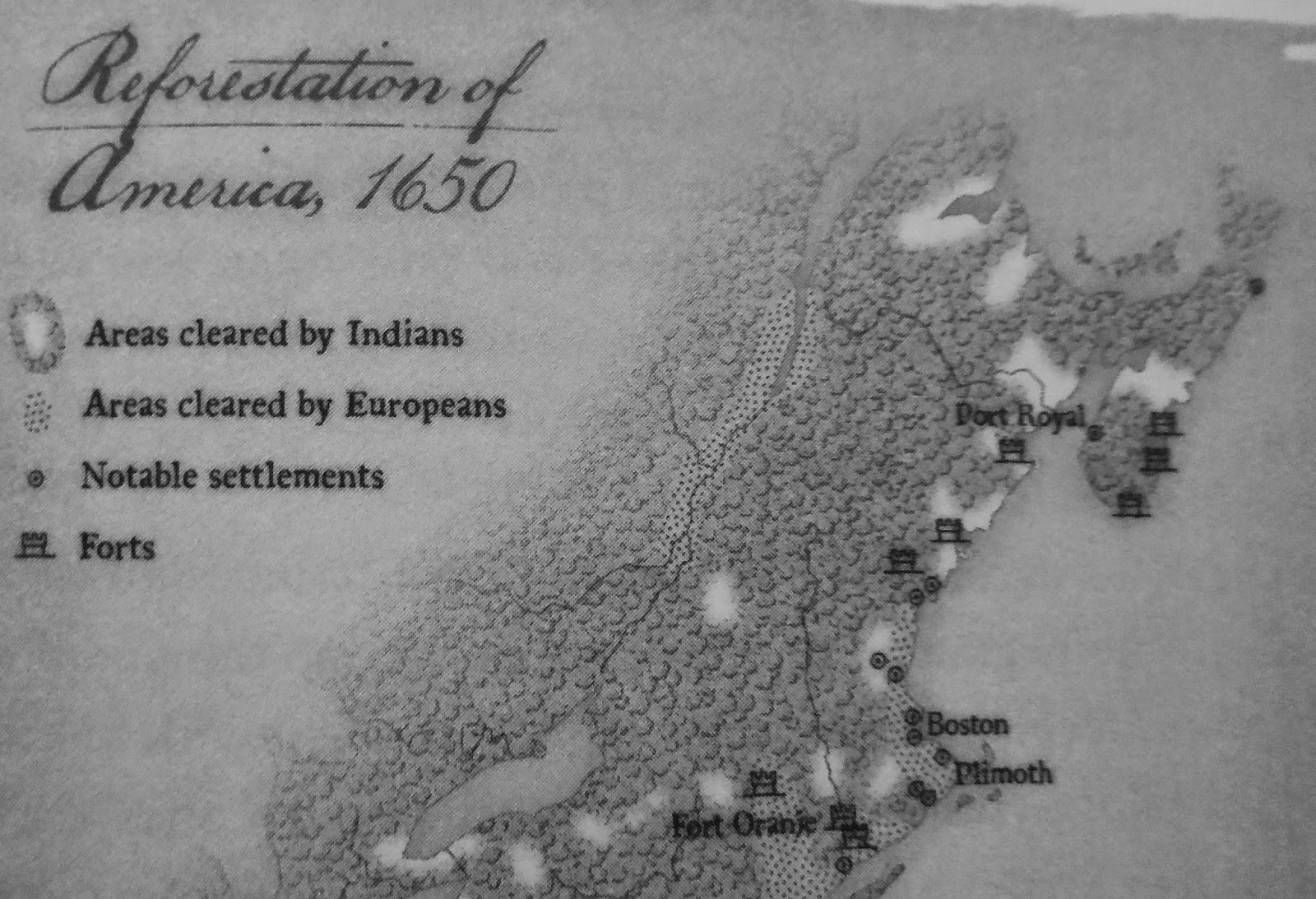“Well, Heck,” someone
might respond, “That’s not what I heard about stone walls.”
Like removing layers of paint on some old
piece of furniture, I’ve been mentally stripping away the newest of changes in
the landscape furniture (as they say) for about 25 years now, trying to picture
the pre-contact Cultural Landscape around me. When I walk fence lines, a great
deal of it made of stacked stone, mentally removing a lot of barbed wire, I
sometimes find something in there that suggests an anthropomorphic (human-like)
or zoomorphic (animal-like) artistic creation, as well as perhaps a small
mortar or grinding slick (sometimes with the other hand held stone resting on
it), not just in one spot but in multiple places. And sometimes segments of these
rows of stones begin in another possibly zoomorphic representation, very
reminiscent of a snake head, which if you took into account the widespread Indigenous
belief in a Great or Horned Serpent, you might be tempted to interpret that stone
row as an Ophiomorphic Petroform, a Serpent Effigy, from the pre-contact period.
I keep leaving more and more “stone walls” on
that imagined landscape, but less and less do I think of them as settler colonist fences but rather Indigenous Stonework. In fact, I suspect so much more has been removed as I look at aerial photos from 1934 and 1965 - and it seems more and more older stonework continues to be removed or rebuilt into something that in no way usually resembles the original. Like removing the carvings under the paint of an antique piece of furniture and sanding it smooth or tacking on some molding from the Home Depot...
In the last
thirty or forty years, the idea that the western hemisphere was mostly virgin
wilderness, like those Puritans were so eager to tell about in what they were
calling New England is
being discredited (unlike all that 100% true stuff about witches). Earlier European visitors described the area as too crowded
to consider making any settlements themselves.
I suspect that patches of mast forest existed in those “Areas cleared by Indians.” Mann again:
But all that changed:
Riddiman goes on
to say that the result was “What historians call the Little Ice Age.” (See: https://www.sciencenews.org/article/columbus-arrival-linked-carbon-dioxide-drop)
So ask yourself a
few questions:
Is there any reason Indigenous People might have a need to build those things we have been taught to think of as stone walls?
What role(s) could Indigenous made and
maintained rows of stone serve on a Pre-contact Indigenous Fire Tended Cultural
Landscape?
Would any pragmatic
function of Indigenous stonework be considered a “dire need,” such as need for fuel breaks in a crowded
corner of Turtle Island?
Knowing Indigenous People here did not separate the Spiritual world from "the land we eat from," can patterns of
stacking along with inclusions of possible effigies be observed in the stonework that is similar to designs found in other Indigenous artwork,
infusing the Spiritual attributes, the Manitou, of various magical beings such as the
Great Serpent or Grandmother/Grandfather Turtle (or the animals who also live and "eat" there - bears, deer and birds etc.) into the object itself, things like ceramic pottery, other rock art, beading and so much more?







I would go back in recorded deeds to see what was surveyed. Or when old deeds refer to a big rock or stone fence. On a property in western Ma I researched, an 18th centurydeed gave a named person rights to all paper birches.
ReplyDelete